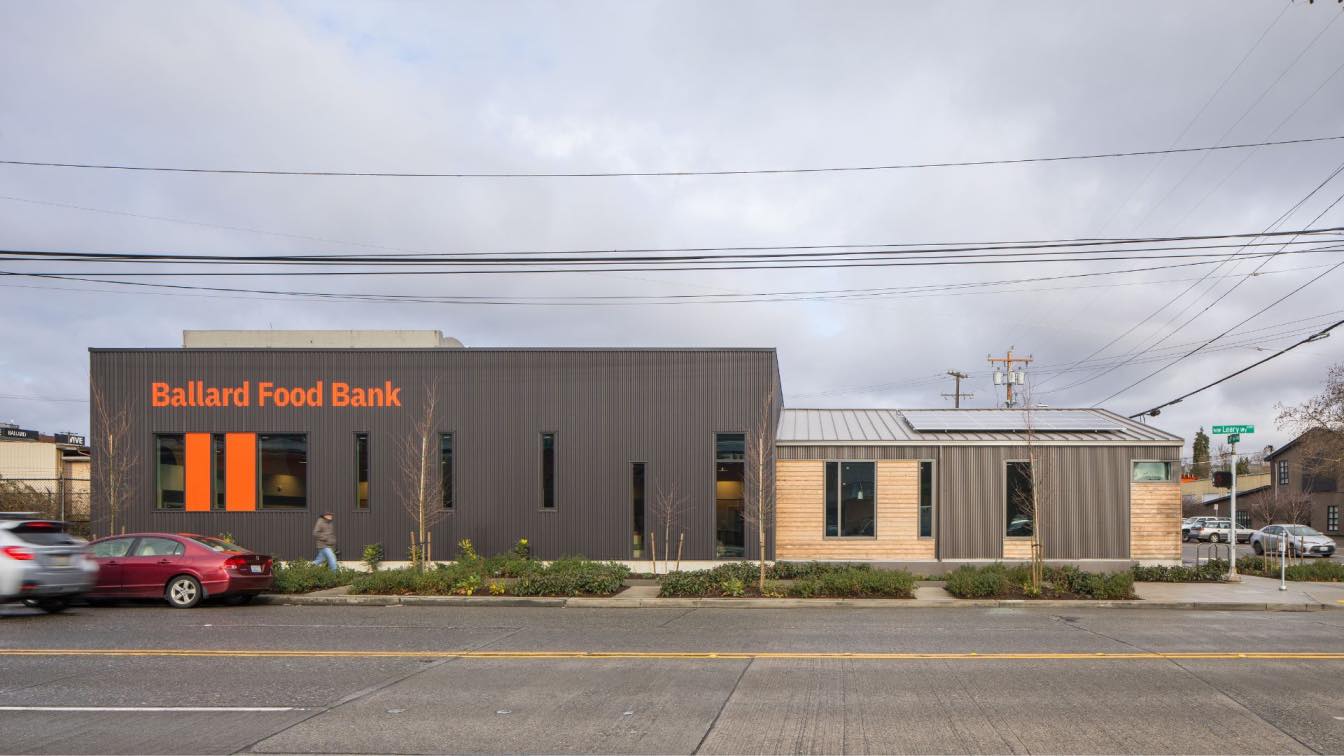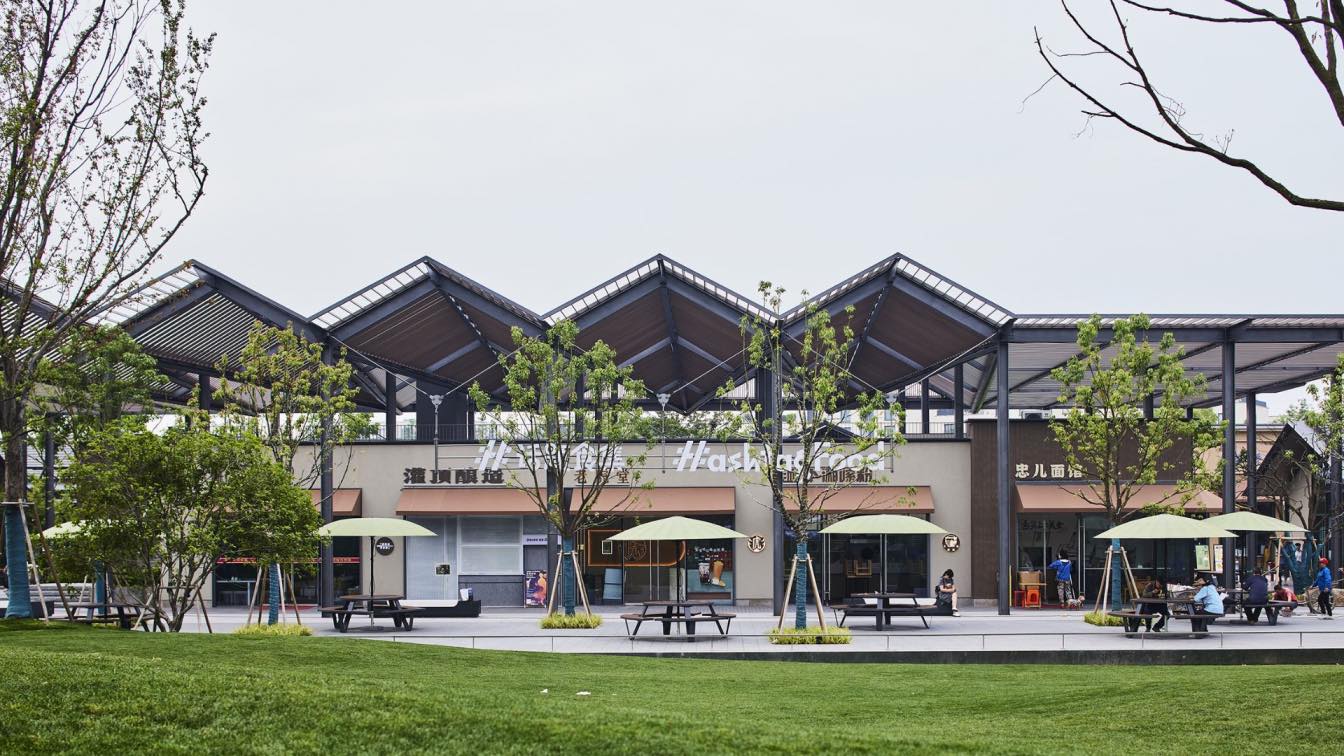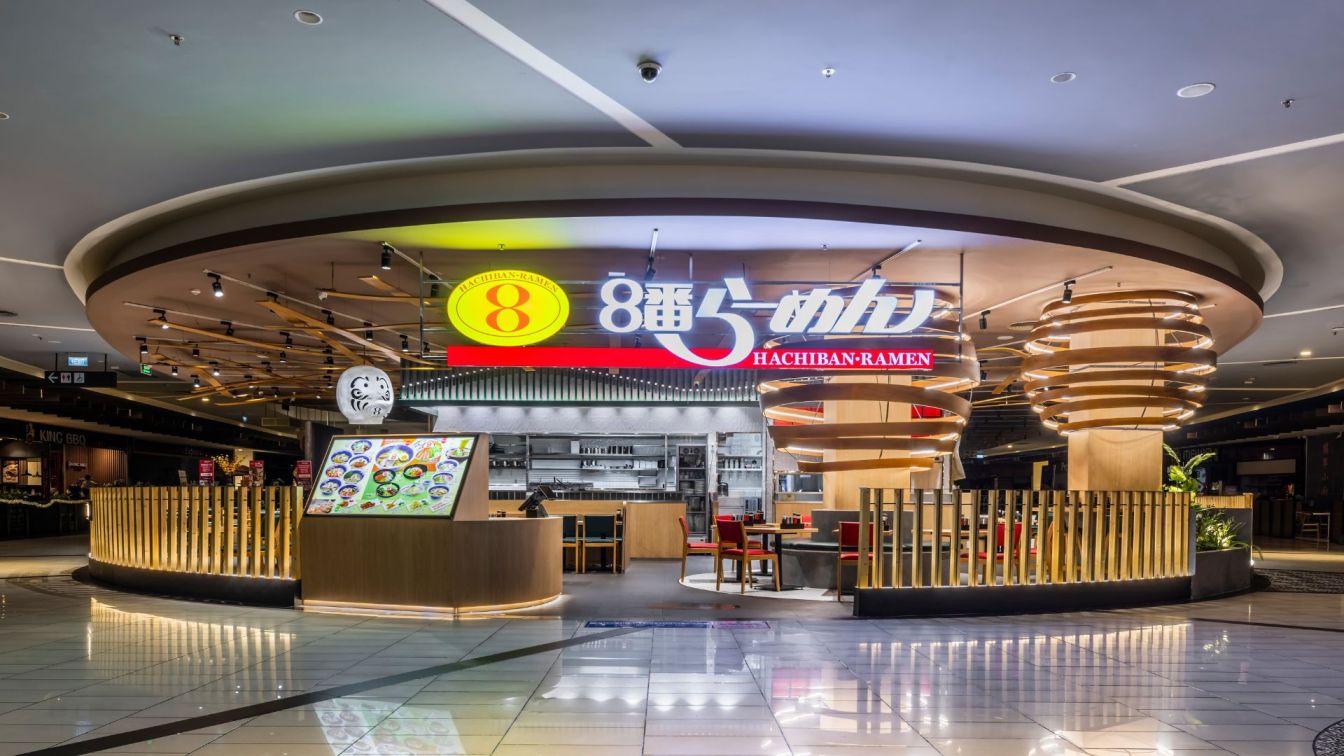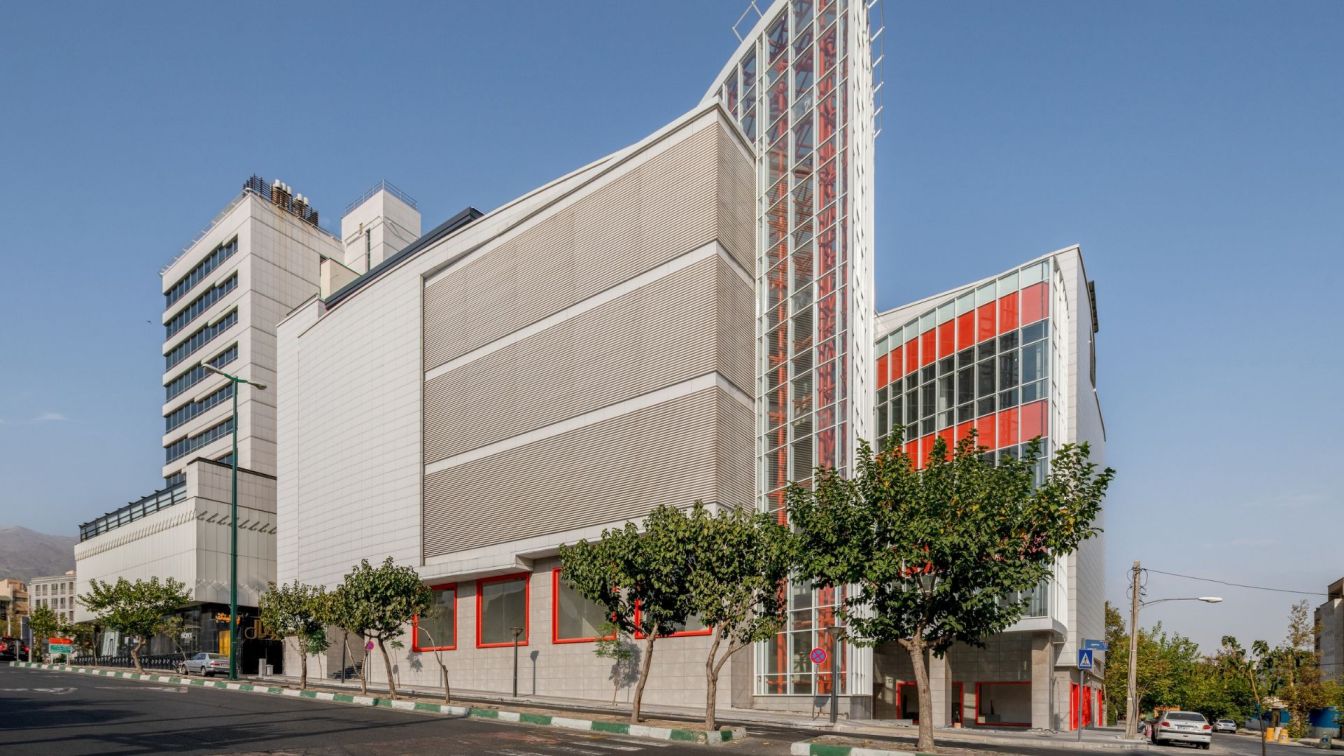Graham Baba Architects: Since their founding in the late 1970s, The Ballard Food Bank has expanded its services to meet the needs of the most vulnerable members of the community. Now in addition to addressing food insecurity, it provides social and medical services through collaborations with a variety of community partners. To provide a permanent and secure base for their operations and to address the increased needs within the community, the Food Bank set out to build a new home.
The new 10,628-square-foot building was structured around two basic ideas: 1) Design efforts must create an inclusive, humane, and dignified place for those in our community often shunted into the most marginal spaces in the city; and 2) The building must also efficiently and safely maximize the Food Bank’s ability to meet its mission so that it can reach as many of those people in need as possible.
Set along a major thoroughfare near downtown Ballard, the new design nearly doubles he size and capacity of the existing operation. The front door, while still visible from the main street, is set back along a side street to provide a more private and welcoming entry to the building.Directly inside, a waiting area serves as a center point for the community with other services radiating out from a central service desk and seating area. The Kitchen serves as a community café and also allows the Food Bank to upcycle donated commodity food items into nutritious meals. The HUB is designed to host a variety of services including mail delivery, medical services, counseling, financial and housing assistance, veterans’ services, and case management.

Fundamental to the organization’s mission is the food bank Market, which here is designed as a large supermarket-style space. Design cues are taken from other markets in the community to create a dignified and normalized shopping experience for those needing food assistance. An enlarged and efficient warehouse and outdoor storage yard serves the Market and the food bank’s delivery programs, while a new office space provides an on-site home for those administering the organization’s efforts in the building and community.
The building form takes it cues from the program elements, with a larger industrial shed-like form housing the Market and warehouse; and a smaller, more residentially scaled sloped roof form creating a welcoming entry and housing the Kitchen, HUB and offices. The project restored a formally abandoned brownfield site. A newly built streetscape, gardens, urban agriculture beds, and seating areas surround the building. A sustainability strategy was crafted around reducing operational costs for the food bank and creating a healthier environment for the unique community it serves.
































































